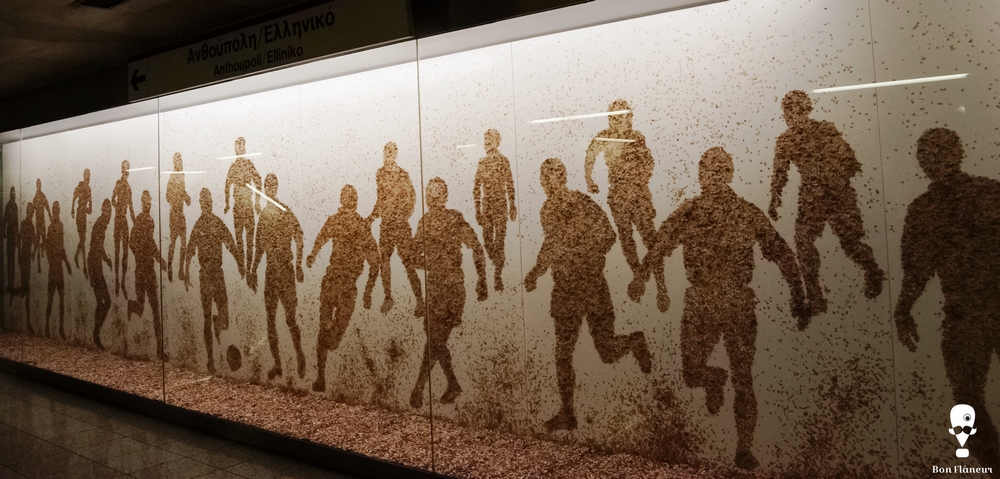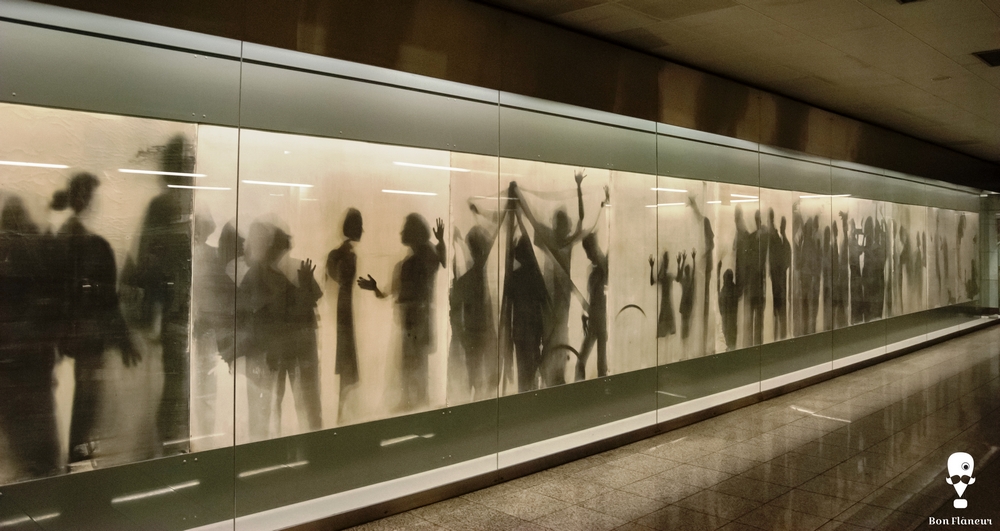Omonia Metro Station
Line 1 platform of Omonia Metro Station is governed by the principles of modernism and is a listed monument.
Location
Timeline
Modern and Contemporary era (1821 - )
1895 The ground station of line 1 was inaugurated and had been the terminal station until 1948, when the "Victoria" station was inaugurated.
1928 The construction of the underground station of line 1 began.
1930 It was inaugurated. It received rave reviews for its quality and luxury. At the same time, Omonia Square was renovated.
2000 The station of line 2 was inaugurated.
2001 The station of line 1 was listed as a protected monument.
2003 The station of line 1 was restored with new ground paving and new lighting.






Share